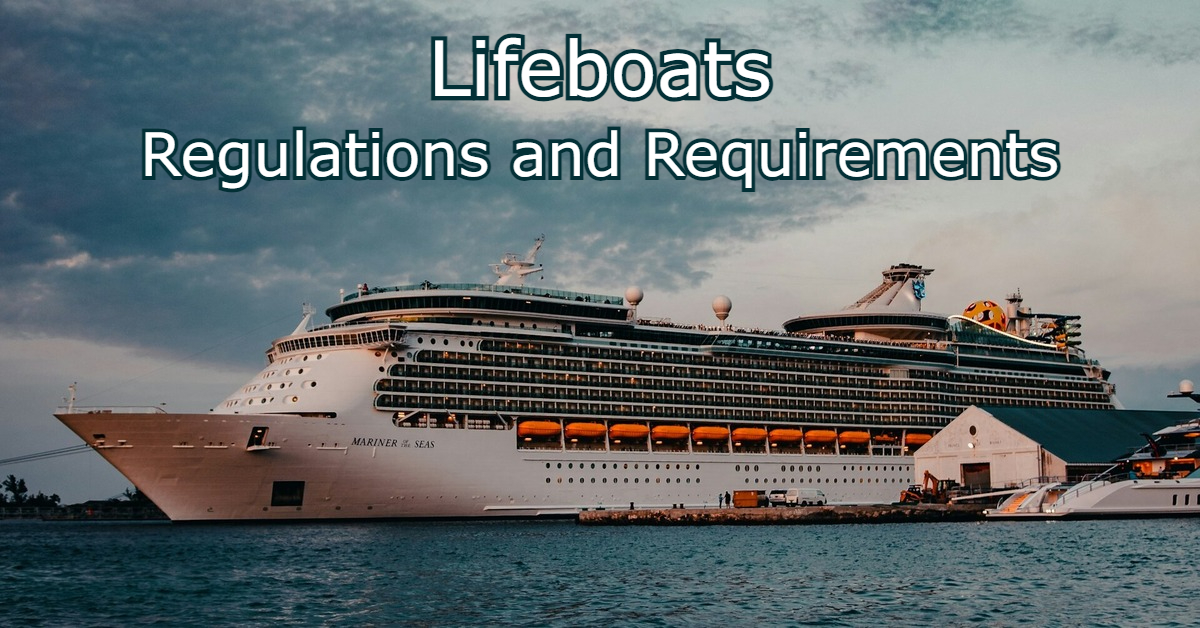
Lifeboats: Regulations and Requirements
In an emergency, portable vessels called lifeboats will get a ship’s occupants to relative safety. So how do lifeboats work?

In an emergency, portable vessels called lifeboats will get a ship’s occupants to relative safety. So how do lifeboats work?
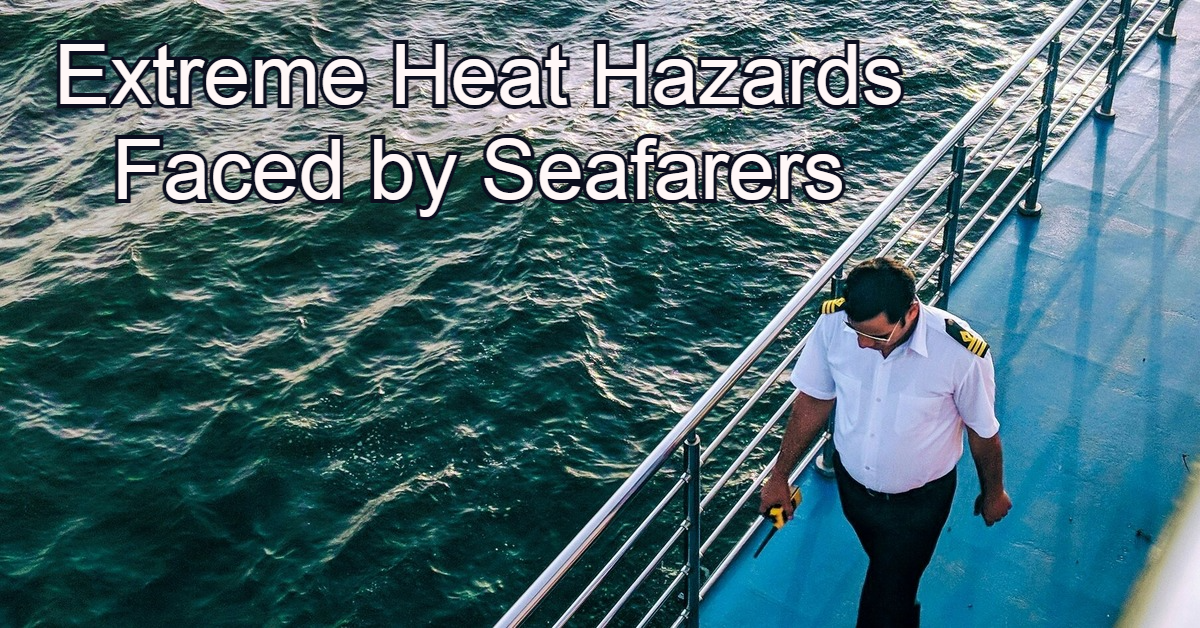
What must sailors know to stay safe and make it back to shore healthy and happy? Here’s a closer look at the extreme heat hazards seafarers face and the precautions and procedures they must know before setting sail.
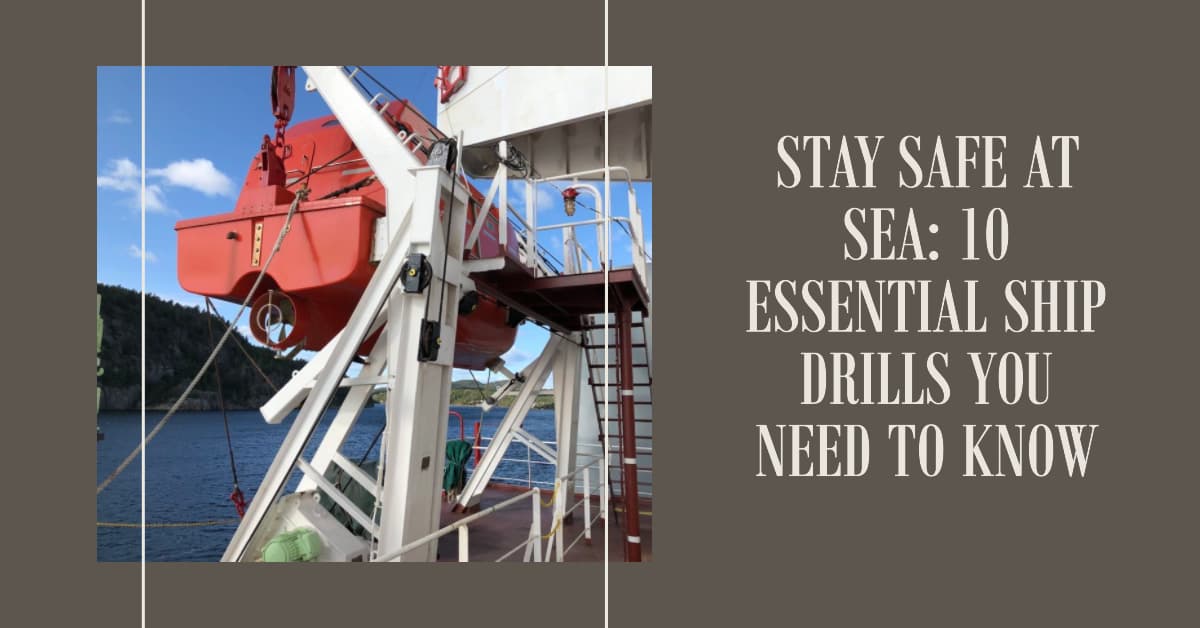
“It takes practice to be good at something” is a common quote that we hear every day. For the officers and crew to efficiently operate the vessel, they would perform […]
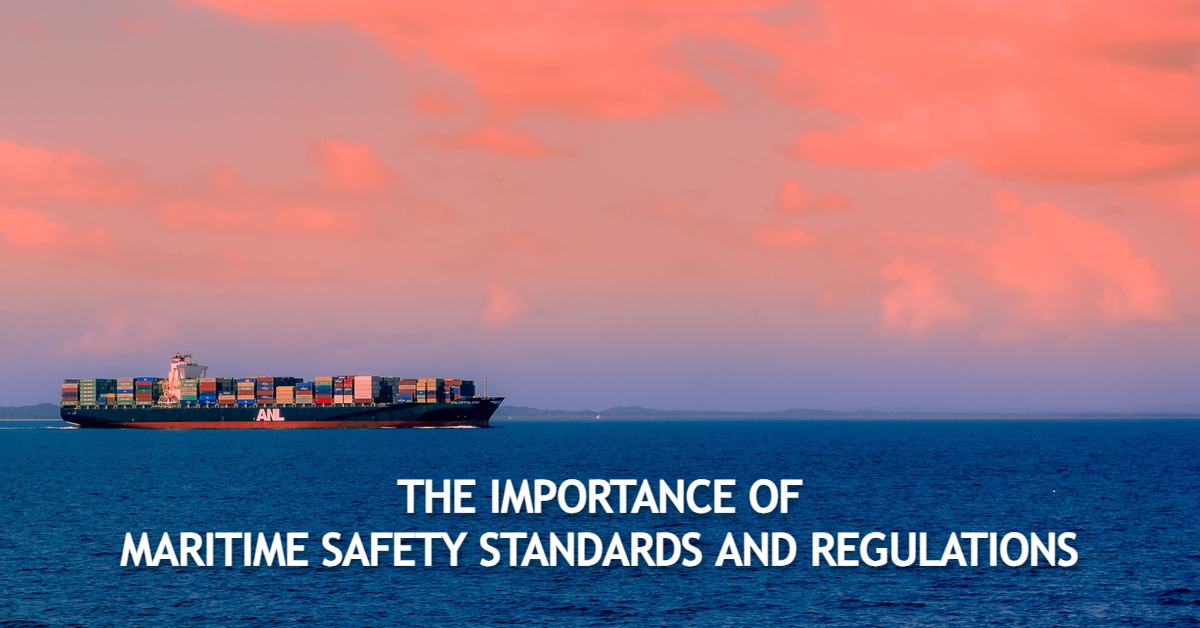
Maritime safety standards and regulations are responsible for keeping international shipping peaceful, prosperous and accident-free. Many organizations work together to protect crews and passengers from the hazards associated with commercial […]
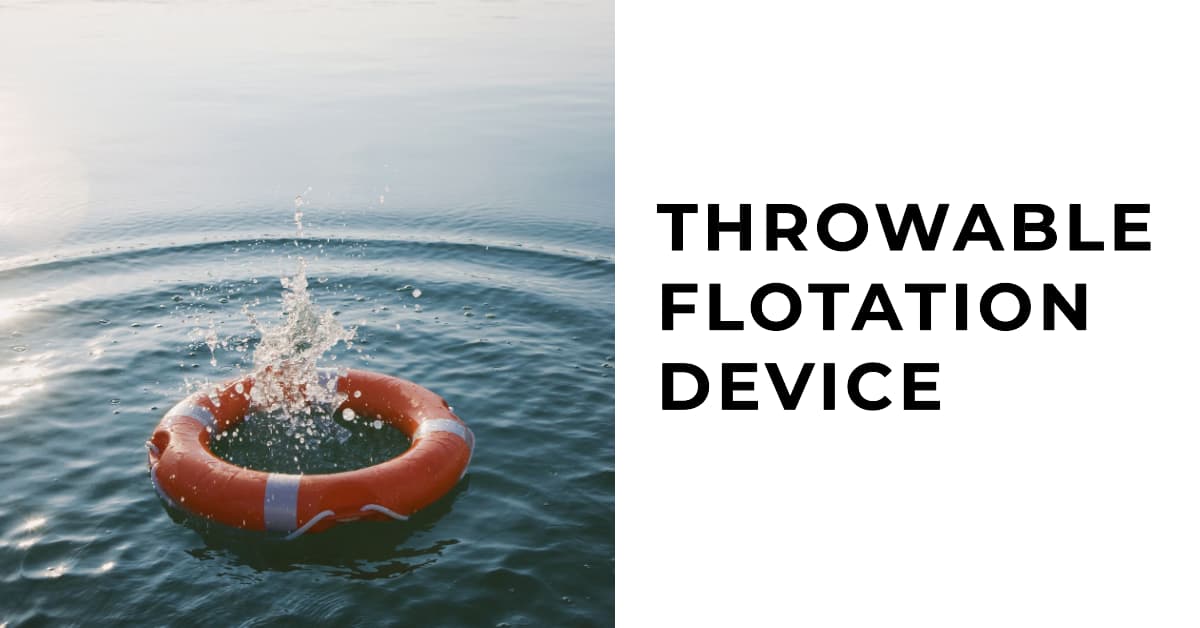
A throwable flotation device is a type of life-saving equipment that can be thrown to a person who is in water and struggling to stay afloat. These devices are designed […]
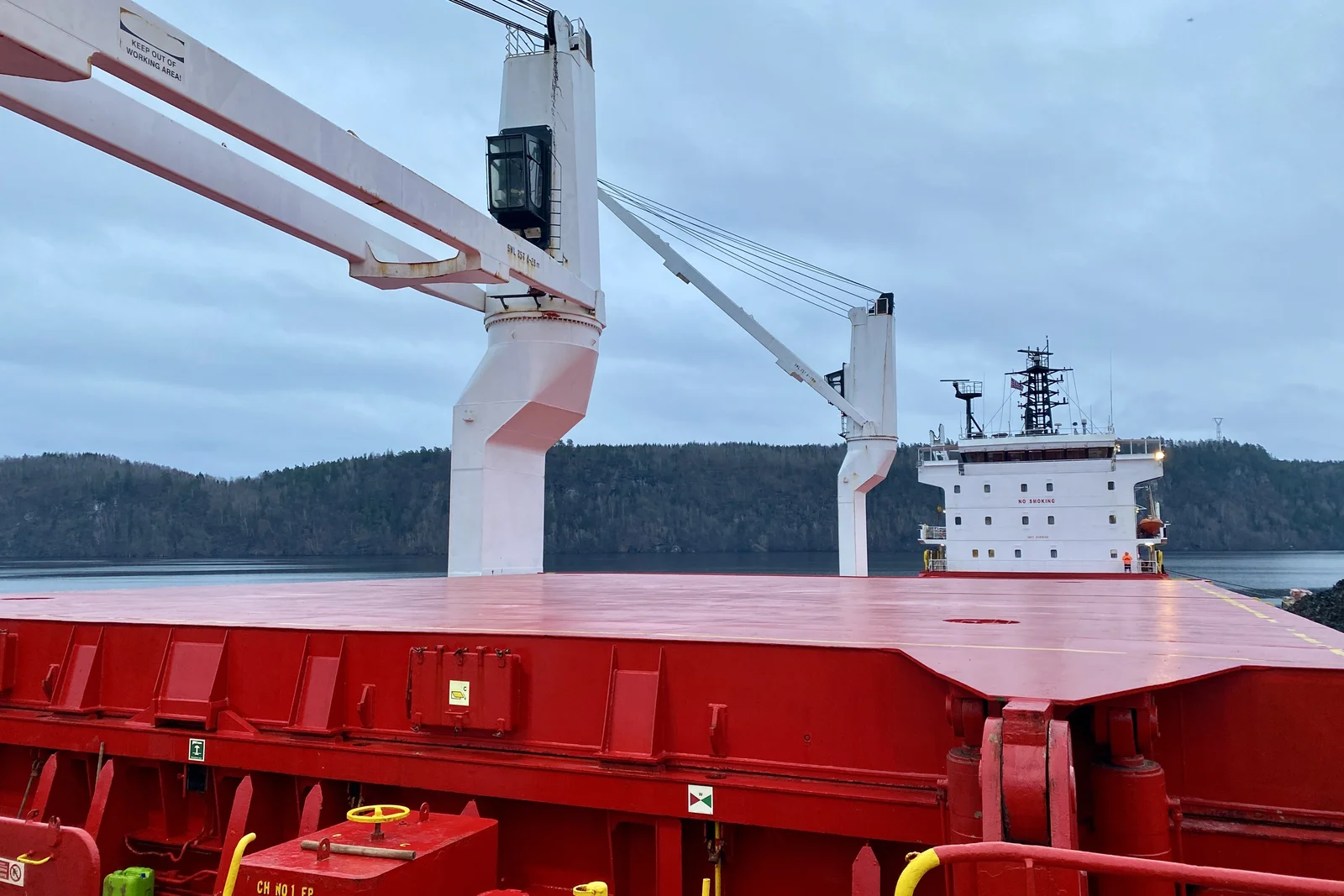
Port State Control (PSC) refers to the inspections and regulations that port states employ on foreign ships entering their own ports to ensure safe shipping and prevent ship-caused pollution. Port […]
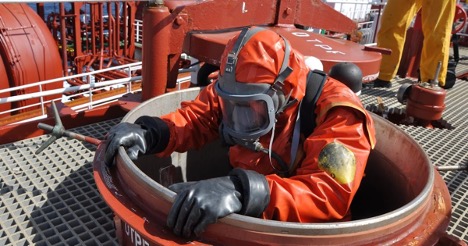
Despite the fact that the risks associated with entry into enclosed spaces on ships are well known and discussed extensively in company safety manuals under the ISM code, enclosed space […]
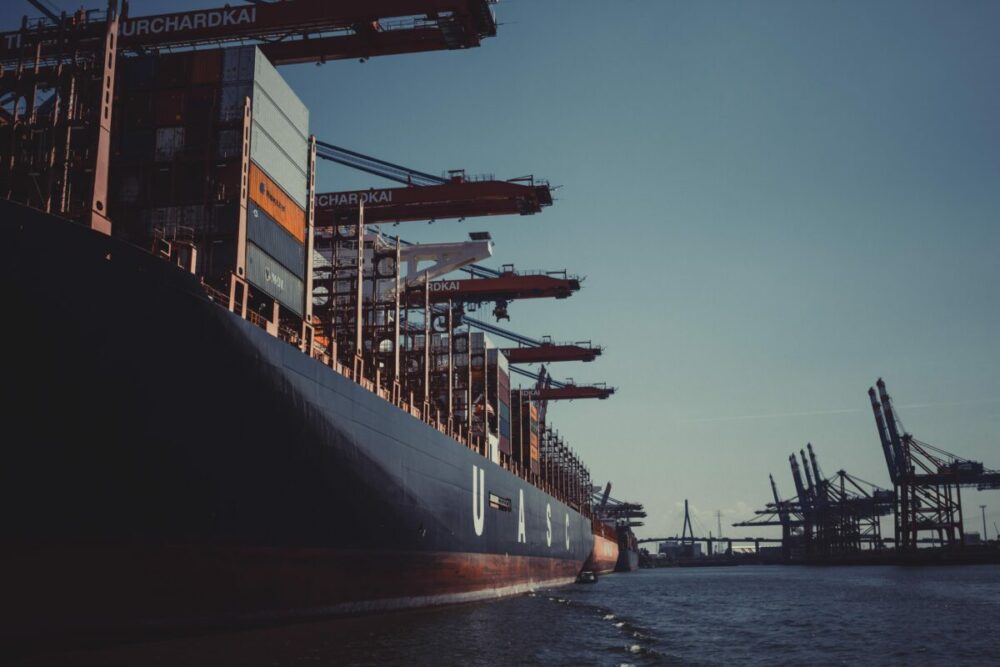
The United Nations Convention on the Law of the Sea (UNCLOS), 1994, Regulation 90, grants the right to all states to register ships under their flags and to sail them […]

Pyrotechnics is an important part of life-saving equipment onboard. It may prove useful in the event of an emergency. There are multiple ways for people in distress to get the […]
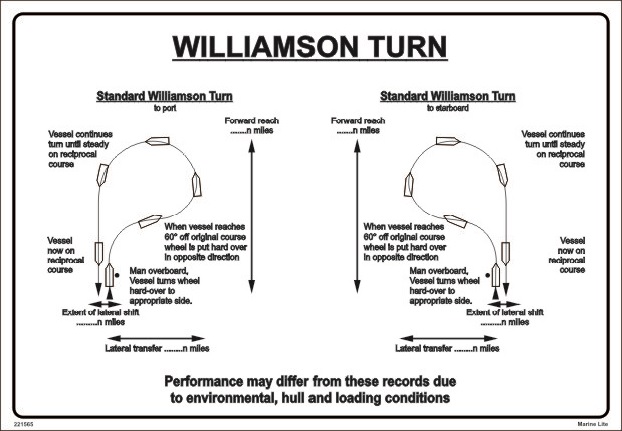
Manoverboard occurs when a person falls in the water while working, is washed by big waves, or because of a simple slip at the side of the ship. Time is […]